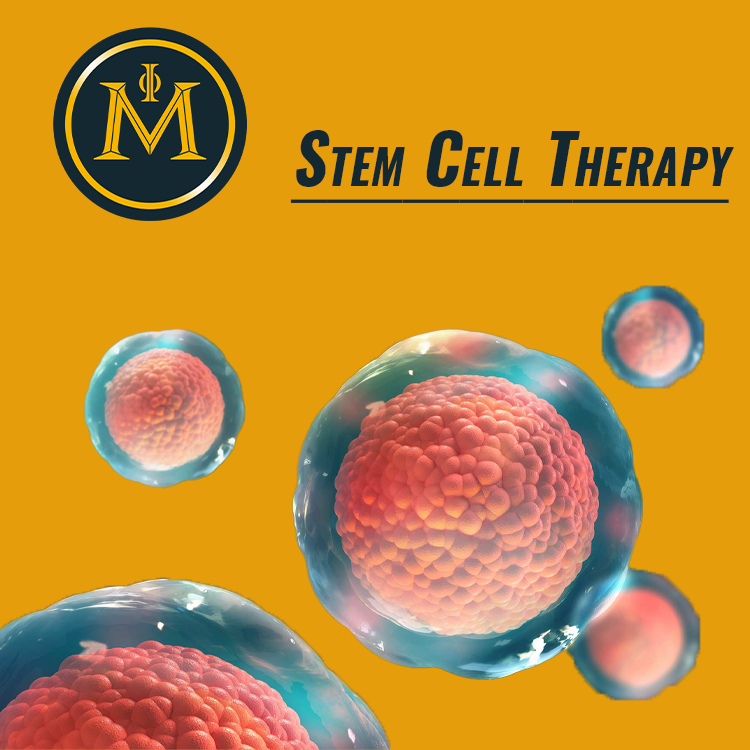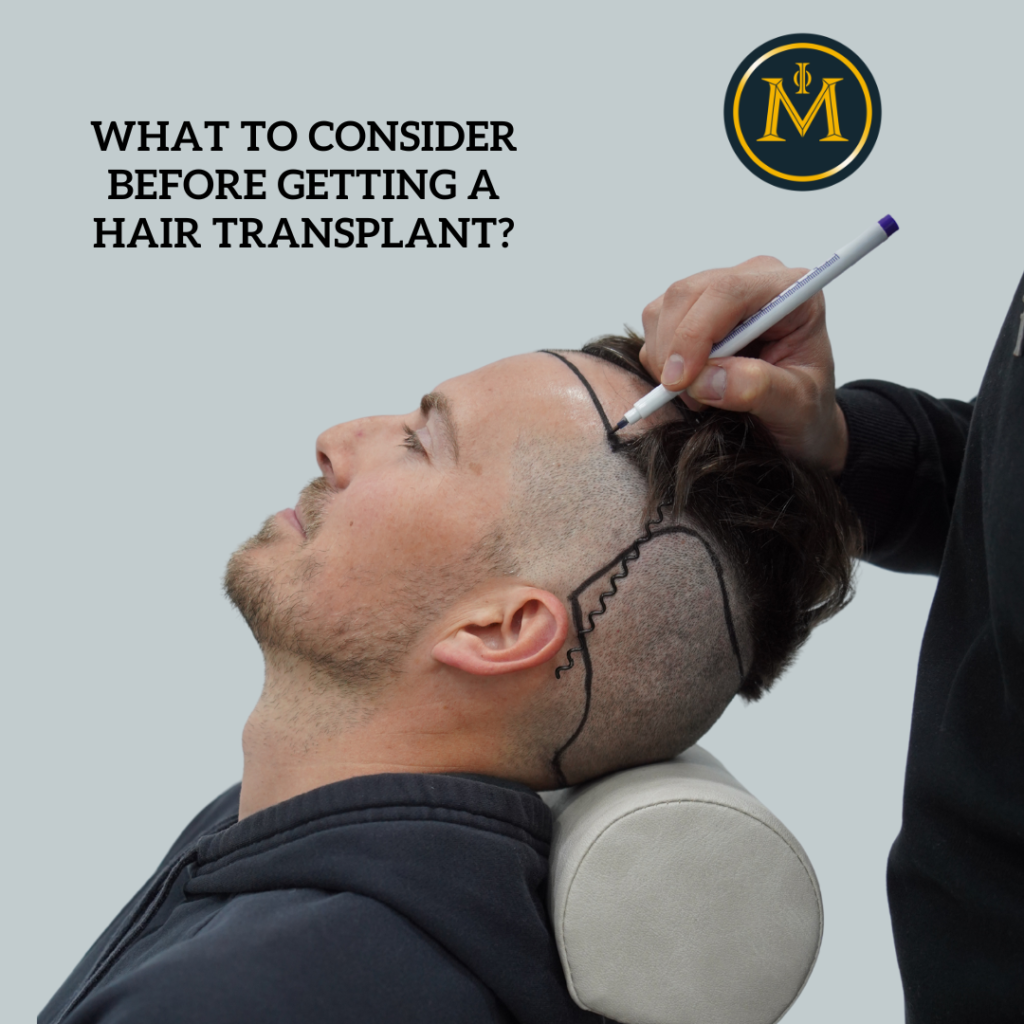Does stem cell therapy prevent hair loss?
However, stem cell therapy can slow the progression of hair loss and preserve hair density. A study published in the Journal of Cosmetic Dermatology found that fat-derived stem cell therapy improved hair density and thickness in patients with alopecia areata, an autoimmune disease that causes hair loss. The study included 14 patients who received stem cell therapy from a hair transplant. After six months, patients showed a significant increase in hair density and thickness.
Hair stem cell treatment can also be used in conjunction with other hair loss treatments such as medications to support hair follicles or hair transplantation surgery. For example, stem cell therapy is used to renew hair follicles in the scalp area of people who have undergone hair transplantation surgery.
Stem cell therapy can also be used in conjunction with other hair loss treatments to provide you with the best hair loss treatment. It is important to work with a doctor who specializes in hair loss treatment to determine the best treatment plan based on the type and severity of your disease.














